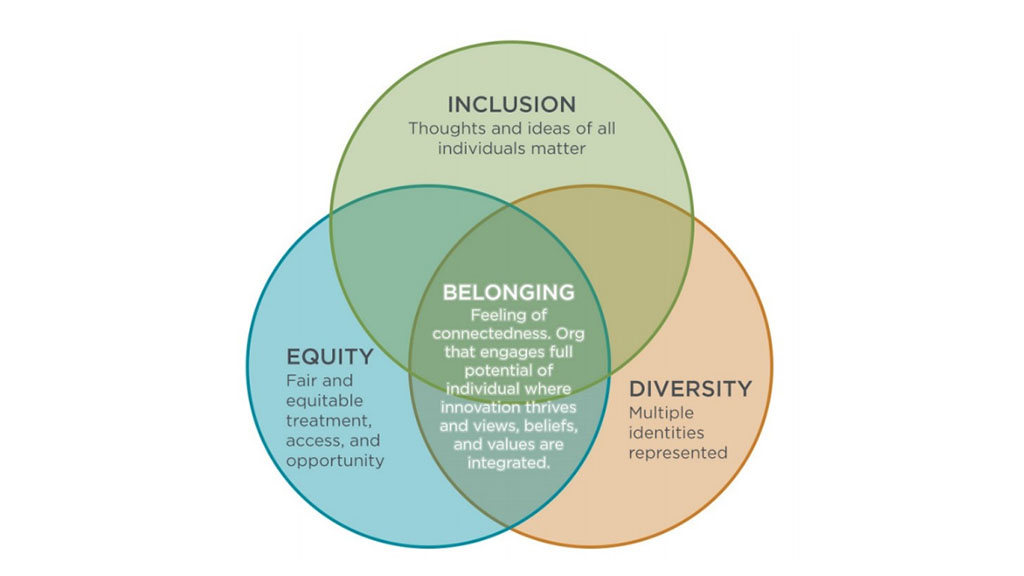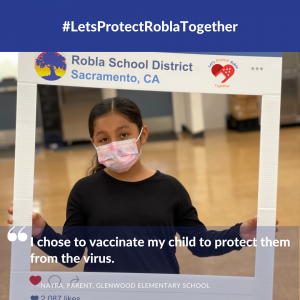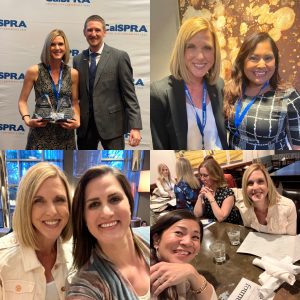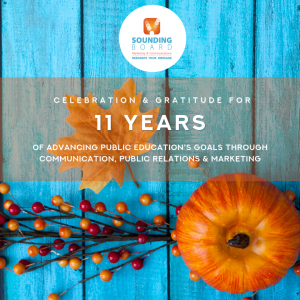 Suppose you’re a job seeker, and you are scrolling through job postings social media, LinkedIn jobs or Indeed.
Suppose you’re a job seeker, and you are scrolling through job postings social media, LinkedIn jobs or Indeed.- Boring job description title
- Paragraph 1: Boring job description
- Paragraph 2 (with way too many bullet points): Even more boring-sounding job duties
- Paragraph 3: Bland-sounding company or organization description (if it’s even included)
- Folded into all of the paragraphs: Industry-related jargon and acronyms (education, I’m looking at YOU!), which screams “UNINVITING!” even louder.
- Every school district is hiring for the same jobs, and each is trying to reach similar audiences.
- Education is getting publicly walloped by burned out employees, radical groups, politicians, and the media. While exciting sounding job postings won’t turn this ship, bland, impersonal job postings only reinforce the negative perceptions of education.
- Boring doesn’t sell, ever.
- Bring your audience into your district by sharing what is special and unique about your district. Here are a couple of examples from the job post introductions I recently wrote for a client:
- “When you are hired in {School District}, you’re not just hired for a job, you’re fulfilling a purpose. Each {School District} employee makes our schools supportive, safe and positive places for our students to learn.”
- “Did you know that on average, {School District} employees have an average of 13.5 years working in the {School District}? They frequently note that our family environment is one of the main reasons why they enjoy working here, and that they can make a positive difference in the lives of our students and their families. The great news is that we are inviting more people to join the {School District} family!”
- Describe the purpose the job fulfills in your district. People want to know that their job is purposeful, and not just a job. Here’s an example of a description I wrote about a Food Service Supervisor position:
- “Did you know that nutrition is one of the key areas of importance to ensure that students are healthy and learn well? In {School District} , we are continually striving for ways to nourish our students in healthy ways, and each day we serve breakfast and lunch to over 2,000 students from preschool through grade 6, plus grades 7-8 in our charter school program. We are seeking a Food Services Supervisor who is passionate about planning and serving nutritious and delicious meals to our students, while also adhering to safety practices and providing technical direction to front‐line food service staff so that meals can be prepared and served safely and efficiently.”
- Here’s a more generic, but impactful way to link purpose to any job in your district: “When you are hired in {School District} , you’re not just hired for a job, you’re fulfilling a purpose. Each {School District} employee makes our schools supportive, safe and positive places for our students to learn.”
- Create an eye-catching image to accompany your social media post. I see a lot of full position announcements posted as the image for job postings on social media. These are incredibly hard-to-read on mobile devices. However, you should attract people to the position information and include just enough information on the image to compel them to read your post and click on your link to apply or learn more. Some tips:
- Include brief pieces of pertinent information: Position title, salary, hours, bonus info, etc. Don’t include too much information that you have to make it too small to read.
- Make sure that your image portrays the ethnicities and cultures represented in your district.
Here’s an example of an Instagram and LinkedIn image I created for a client’s job post:
Bonus tip: Try finding 5-6 different intros that you can vary with your job postings to keep them from sounding stale.
And, you’re in luck! If you need help putting together content and images for your job postings, this is one of the many services that Sounding Board provides its clients. So, contact us if you’re looking for more ways to attract the best, brightest, and talented employees to your district.







 What a wonderful two days to connect with our hard-working and dedicated group of school PR professionals at last week’s CalSPRA’s Annual Seminar. I definitely feel like I connected, elevated my PR skills and experiences, and felt incredibly inspired by the over 200 professions who attended.
What a wonderful two days to connect with our hard-working and dedicated group of school PR professionals at last week’s CalSPRA’s Annual Seminar. I definitely feel like I connected, elevated my PR skills and experiences, and felt incredibly inspired by the over 200 professions who attended.



Wow. As a Star Wars fan, I felt like I’ve reached a career pinnacle when hearing that.
But, like Yoda, I really needed to go within to process this. Because, what does being a Yoda of school PR mean? Here are some of Yoda’s greatest qualities: intelligence, wisdom, and skills. He also has the ability to absorb and deflect Force lightning, devoted to the light side of the force.
I realized that I was surrounded by about 300 Yodas of school PR at this conference. Working with a school PR pro means that you’re working with someone who has the intelligence, wisdom and skills directly related to school PR. Need someone to communicate the LCAP in understandable ways to your community? A school PR pro can do that. Need someone who understands the intricate and delicate relationships between labor and admin, and how to communicate without stepping on a landmine? A school PR pro can do that. Need someone who can write a statement or press release in less than 10 minutes, ID people to interview, and navigate relationships with the media? A PR pro can do that (and even deliver a whole story package to the media).
From bringing order to chaos, to calmly communicating about just about any topic, school PR pros have the intelligence, wisdom and skills to ensure that schools, school districts and county offices of education keep the relationships with their publics at the forefront of everything they do. And let’s just say that the past two years have been a constant state of absorbing and deflecting lightning and being a force of good. School PR pros aren’t just great story tellers–they identify which story to tell, how to tell it, who needs to hear or see it, and when.
There are approximately 600 Yodas of school PR who are members of CalSPRA–and many others across the country. And if your district or COE hasn’t already hired one–either as an employee or a contractor, your communications isn’t operating as well as it should (and you probably already know that). We can help you use the force of communication for good.